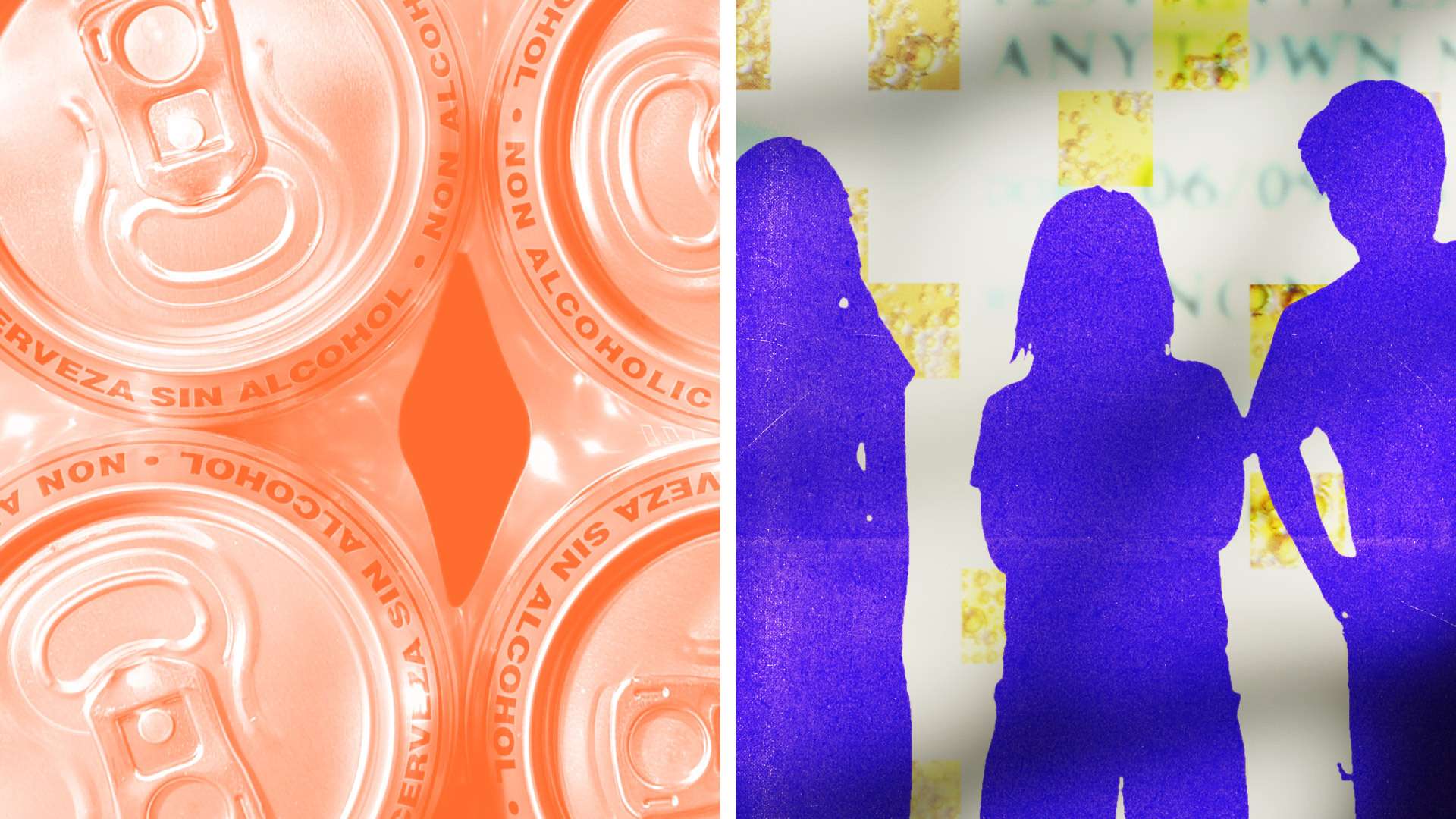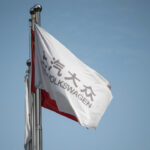When you walk into a grocery store and grab a six-pack of nonalcoholic beer, you might be surprised when the cashier asks for your ID. Nonalcoholic beers are often grouped with regular beer in inventory systems, leading to automatic carding at checkout. This could soon become a government requirement.
Experts are urging state governments to implement age restrictions on the sale of nonalcoholic drinks to prevent underage alcohol consumption. They argue that products like nonalcoholic beer could act as a gateway to real alcohol. However, enforcing age restrictions on nonalcoholic beverages may actually increase youth drinking rather than decrease it.
Studies cited by experts show a correlation between consuming nonalcoholic beverages and alcohol use among youths. However, it is important to note that adolescents usually start drinking alcohol before turning to alcohol-free options, not the other way around.
Research also indicates that teenagers use nonalcoholic beverages as substitutes for alcohol and to resist peer pressure to drink. The availability of nonalcoholic options helps them drink less alcohol, pretend to be drinking alcohol, and fit in with peers without consuming alcohol.
Despite calls for age restrictions on nonalcoholic drinks, states with stricter regulations have not seen significant changes in youth drinking rates compared to those without such restrictions. Youth drinking rates have actually declined in recent decades.
The rise of nonalcoholic preferences among Gen Zers aligns with the “sober-curious” and “mindful mixology” movements, emphasizing alternatives to traditional alcoholic beverages. The free market of nonalcoholic options appears to be contributing to reducing underage drinking.
Please rewrite this sentence.
Source link





